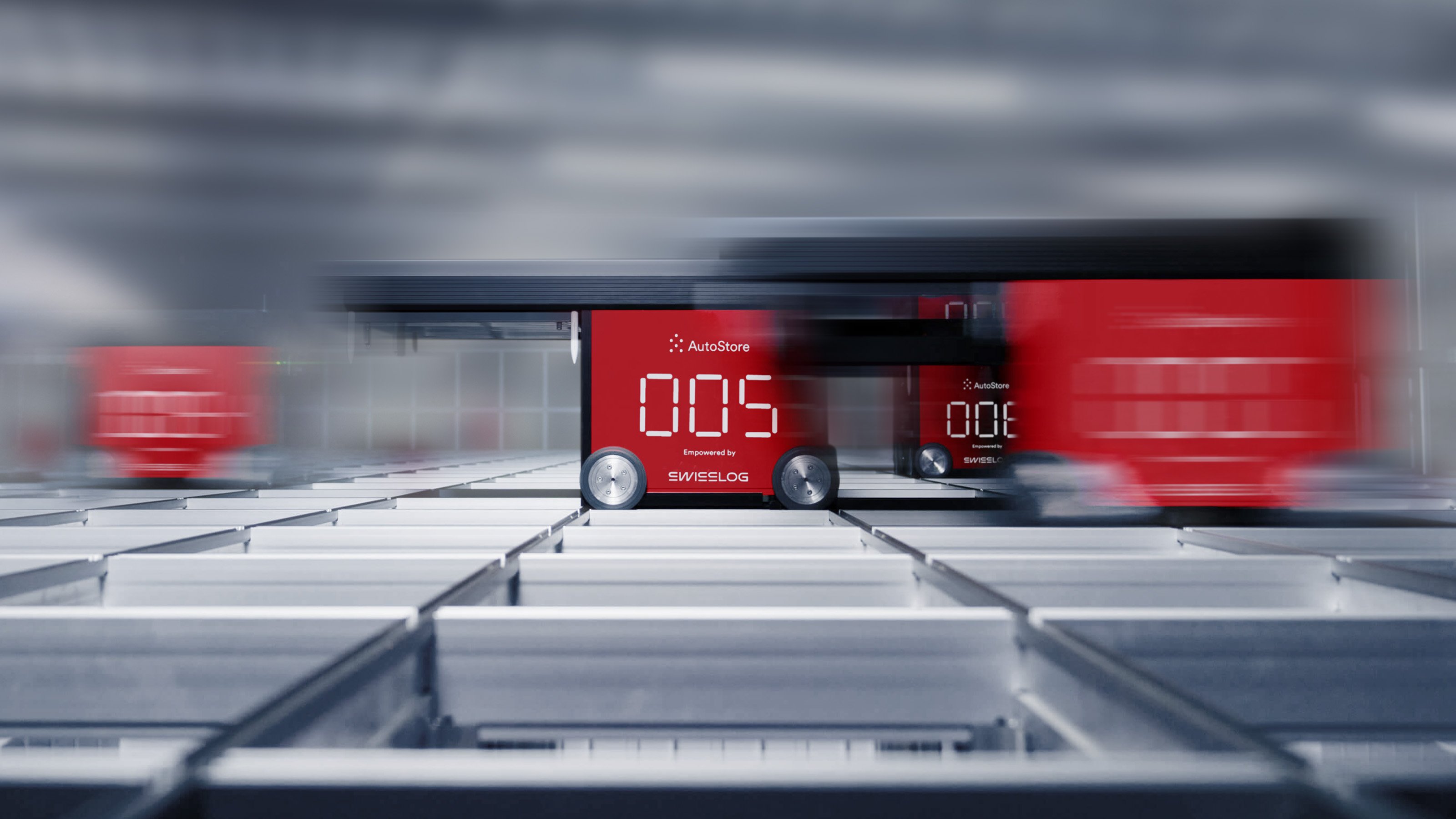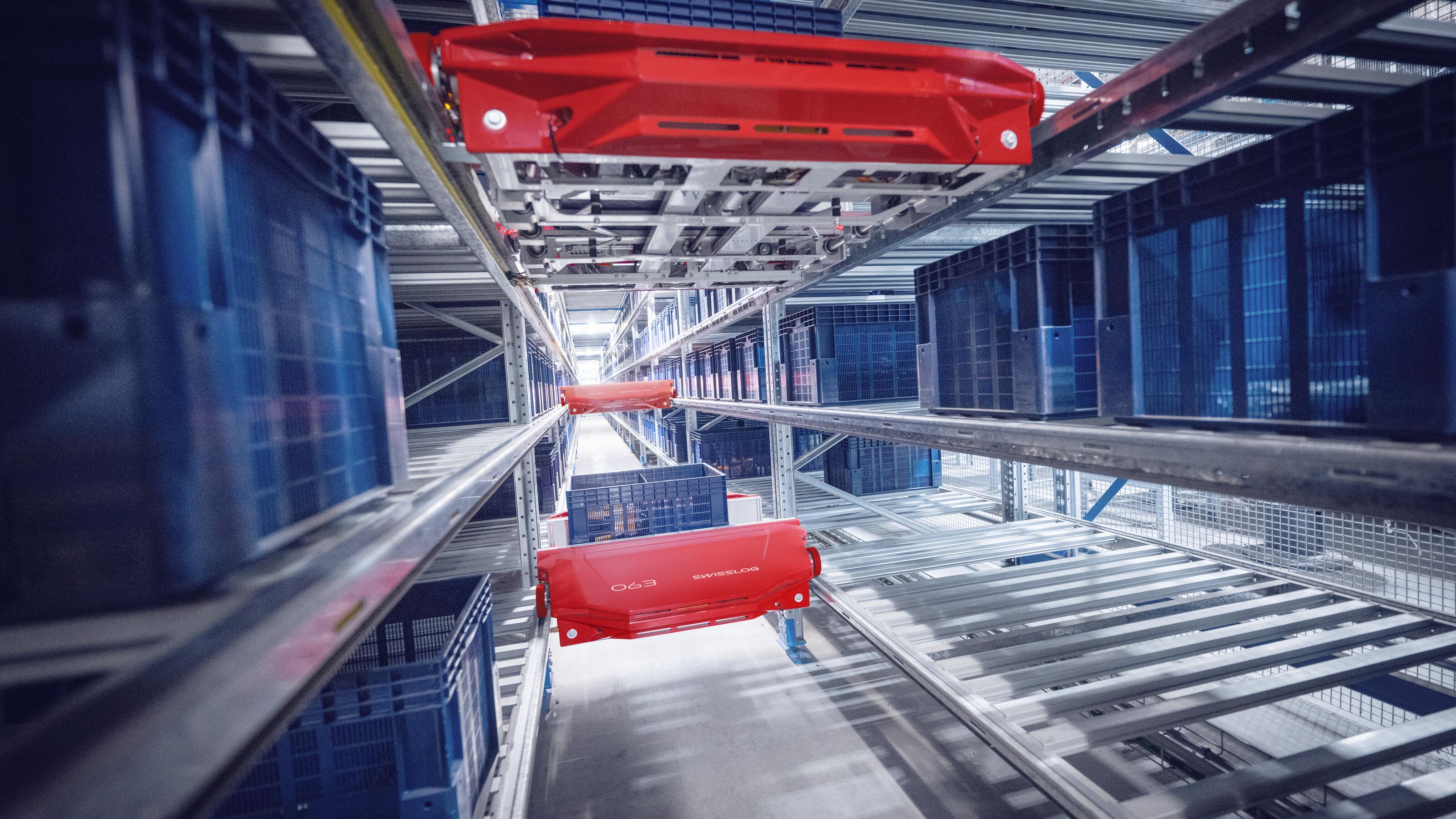AutoStore system flooring: essential considerations

The hidden significance of flooring in AutoStore systems
Imagine you’ve just invested in an AutoStore system to transform your logistics and warehousing operations. You’re excited about the high-density storage and automated retrieval it offers—only to find that the flooring beneath your system needs attention to ensure optimal performance. This often-overlooked detail can be addressed early on with the help of an integrator’s initial visit to your facility.
AutoStore systems have indeed revolutionized modern logistics and warehousing, offering unparalleled storage density and automation. However, flooring, often considered a minor detail, is actually the critical foundation that can make or break your entire operation.
Five things to consider for AutoStore system flooring

When planning the installation of an AutoStore system, the flooring is not just a surface—it’s a foundation that affects the entire operation.
Here are five critical considerations to ensure your flooring meets the requirements of AutoStore systems:
1. Floor surface regularity
To comply with the requirements of an AutoStore system, flooring must be flat, level, and stable. The necessity for a flat and level floor arises from the tight tolerances required for bin spacing and robot movement. Flatness ensures the robots can travel smoothly without encountering bumps or dips that could disrupt their navigation.
Levelness is vital for the proper alignment of bins and racks, preventing misalignment issues that could lead to system errors. Bins seated on an uneven surface can become deformed over time, leading to issues during handling.
Flat and level top tracks are also necessary for trouble-free robot navigation. Adherence to datum guarantees that the entire floor is uniformly aligned to a reference point, ensuring consistent robot operation across the entire grid.
2. Floor limits
To operate an AutoStore system, adhering to specified limits to floor loading is essential for two reasons:
- It ensures that the floor can support the weight and movement of the AutoStore system without deformation.
- It helps maintain the precision required for the robots to locate and retrieve bins accurately.
It is also important to note that both small and large AutoStore bins have the same maximum weight capacity. Therefore, a system using small bins can result in a higher weight per m2 because it supports more bins per column.
3. Local sudden irregularities
Identifying and addressing sudden irregularities like steps, joints, bolts, isolated hollows, and mounds is critical prior to installing an AutoStore system. This is because they can cause abrupt changes in robot movement, leading to potential errors or damage. It is also possible for irregularities to affect the structural integrity of the floor, impacting the long-term performance of the AutoStore system.
4. Joints opening over time
Joints are designed to manage shrinkage and stress, so monitoring them over time is important. This is because changes in joint width can indicate underlying issues with the floor structure.
The correct adaption and treatment of a joint, prevents track deflection and wear on profiles.
5. Special consideration structures
For AutoStore systems on suspended slabs or mezzanine floors, it’s important to carefully consider the flatness and levelness requirements. This should be tested after all loads have been applied, ensuring the system remains operational under full load. Additionally, the impact of dynamic forces from robot movement on the structural integrity of the floor should be taken into account here.
Any deviation from these requirements can lead to operational inefficiencies and errors in bin handling. These specifications are essential for optimal AutoStore operations and to maintain the longevity of the system. As a result, you can avoid costly and time-consuming issues, ensuring a smooth and efficient AutoStore operation.
The earlier the better
By taking your flooring into account at the very start of your project, you can avoid unexpected risks and delays as well as unforeseen costs. The correct specification and handling of the floor quality, whether it’s for a greenfield or brownfield project, can prevent unexpected surprises further down the line.
Floor reviews are crucial in verifying that the flooring meets AutoStore specifications and in identifying potential issues early on. These pre-emptive measures can save significant time and money, preventing future disruptions.

Comprehensive support
Flooring plays an indispensable role in the functionality of AutoStore systems. It's essential to consider all flooring aspects to safeguard the investment in an AutoStore system. Swisslog offers everything from comprehensive support in your specification phase, assisting with supplier selection or even delivering the floor measurements and adaptions as your general contractor.
For further information or assistance with AutoStore system flooring, contact your local Swisslog team.

AutoStore offers superior density, throughput, and availability for warehouses. Powered by Swisslog’s SynQ software, it provides significant ROI where applicable, although it isn’t right for everyone.






